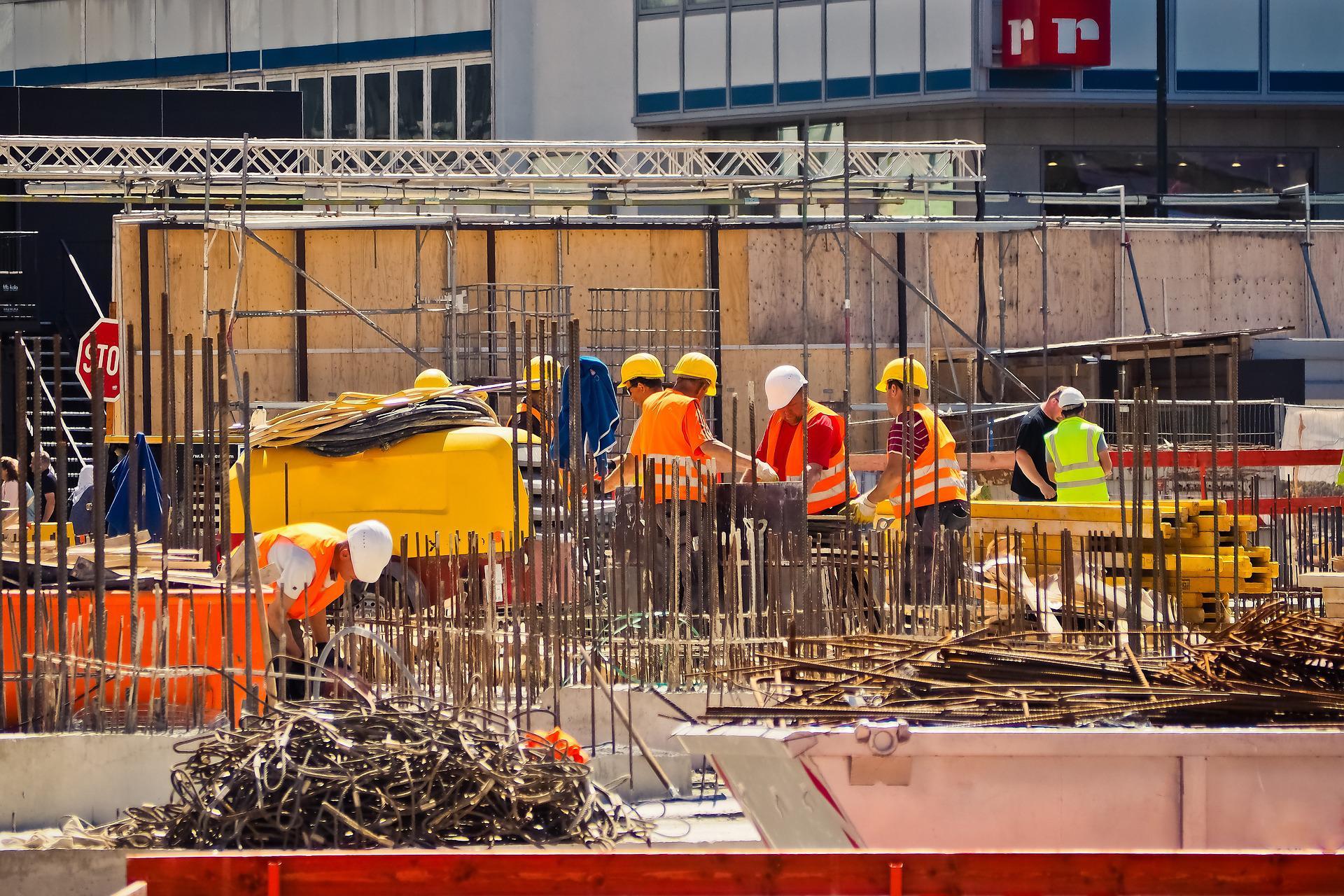
SCROLL
SECURITY & RESILIENCY
The Impact of HVAC Systems Design on Local and Regional Infrastructure Resilience
Efficiency is a crucial aspect of both sustainability and resilience.
HVAC system design affects not only the performance and resilience of the building a system services but also the overall resilience of the local and regional infrastructure. This concept has been explored in previous columns, and this column with delve further into these ideas. In particular, in a 2018 paper by Tom Lawrence of the University of Georgia and Drury Crawley of Bentley Systems, titled, “How HVAC Systems Can Improve Resilience of the Built Environment,” the relationship between sustainability and resilience is explored, and the concepts will be tied into this discussion.
An interesting idea that Lawrence and Crawley discuss is the interrelationships between resilience, sustainability, efficiency, and smart technology. They argue that, although there is not complete overlap, decisions made regarding each of these four areas can impact the others, either positively or negatively. Their reasoning is that design decisions made to increase efficiency, including sustainable and smart technology, will necessarily enhance resilience of both the building and the larger community. These topics were discussed in earlier columns, but the argument tying it all together is a contribution of the paper. One additional note I will add is that increased resilience of an individual building improves community resilience by reducing the stress on required services, such as power and water, and also by potentially providing a safe haven for nearby residents after an extreme event.
Efficiency is a crucial aspect of both sustainability and resilience. Having efficient building systems makes every other aspect of resilience easier to achieve. For example, energy efficiency places less stress on the grid and makes it more likely that sufficient energy will be available after an adverse event. And, the lower associated costs can free up resources to address other resilience initiatives. Other aspects of energy efficiency, such as thermal mass or high-performance building envelopes, mean the building will heat up or cool down more slowly if the energy supply is restricted, again, enhancing resilience. The authors also bring up a topic we have not discussed: water usage, which they argue is also critical to resilience. Since fresh water is a limited resource, efficient use helps both the building and community to be more resilient.
Demand response is identified as another sustainability measure that will increase resilience. Defined as a voluntary reduction in energy use in response to stress on the energy supply, demand response can include measures, such as shifting some usage to off-peak hours, cooling down a building at night to reduce the need for energy during the day, etc. Designing the systems to allow an extension of these measures, including possibly magnifying the reductions, during severe events will increase building resilience and reduce the pressure on the local energy system. Distributed generation, meaning both on- and off-site energy generation, is also cited as enhancing resilience. This has been discussed in previous chapters — generating energy on-site will obviously allow for energy to be available even if the grid is down and will also reduce demand on the grid. Alternative sources of water, such as cooling tower condensation and collected rainfall, are also suggested as a sustainability measure that will enhance resilience. The details of how this would work require some planning since this would be considered gray water, and, in some states, water rights limit a property owner’s ability to store rainwater.
Finally, smart buildings and smart systems are identified in the paper as another way to improve both resilience and sustainability. Smart buildings, in addition to saving energy, can protect the building inhabitants by monitoring the incoming air and water and automatically switching operations if something untoward is identified. Having specific operational modes, such as shelter in place, can allow for building operators to quickly change how the building systems work in response to an adverse event. If the building is further connected to a smart grid, the ability to communicate between the building and larger system can allow for optimized performance, regardless of the stresses experienced by either system. In conclusion, this article reinforces many of the concepts we have been discussing over the last year and a half and points out how thinking about resilience and its relationship to sustainability can benefit from out-of-the-box ideas and should be carefully conducted so as to ensure that the overall project goals are being met.
Scott Campbell, Ph. D., P.E.
Scott Campbell is senior vice president of structures and codes for the National Ready Mixed Concrete Association. He holds bachelor and master’s degrees in civil engineering from the University of Illinois at Urbana-Champaign and a Ph.D. from the University of California at Berkeley. He has published numerous articles in the areas of nonlinear analysis and blast design of buildings and is an active member on various committees of the American Society of Civil Engineers (ASCE), ASHRAE, and the American Concrete Institute (ACI). He is also a member of the board of directors and past president of the Architectural Engineering Institute (AEI) of ASCE. Campbell is a registered professional engineer in six states.

